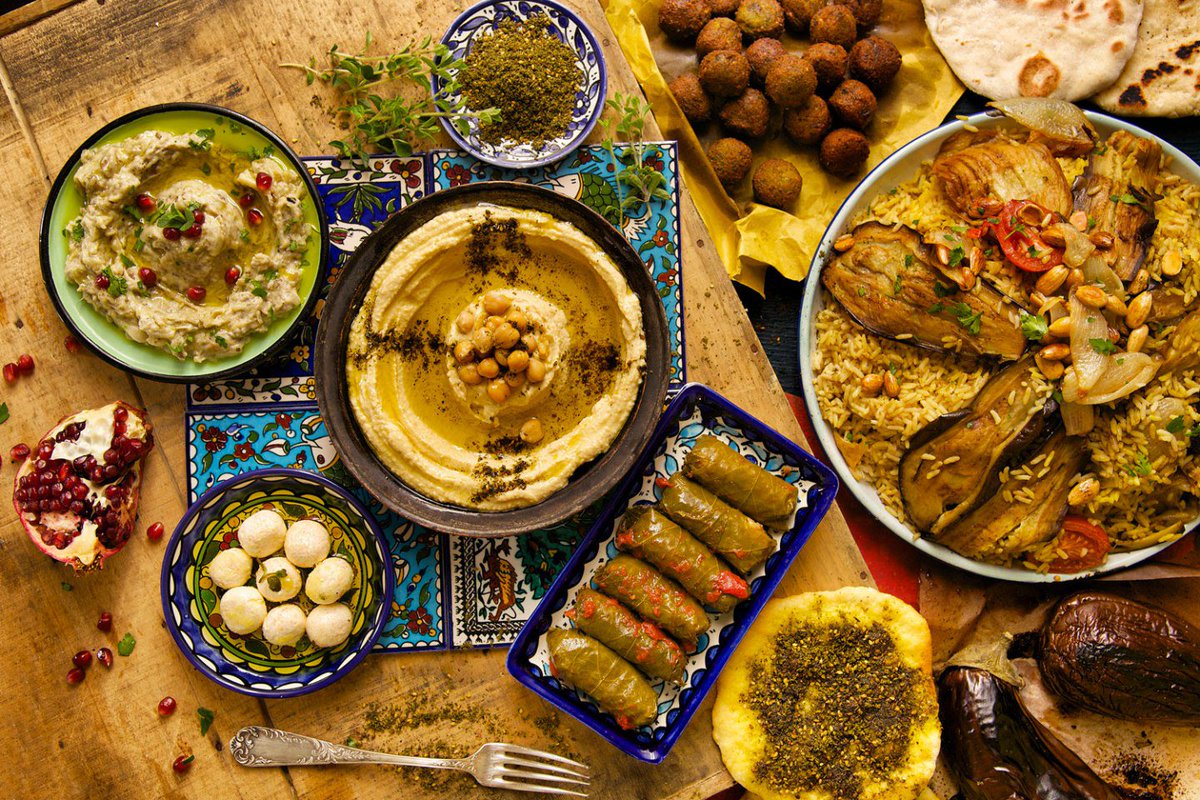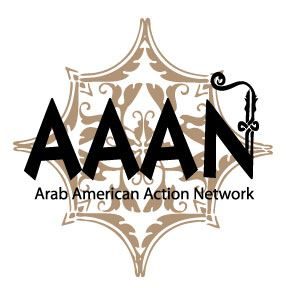“Egypt is not a country that we live in, but a country that lives within us.”- Pope Shenouda III
Author: Razan Khalil
My Palestinian National Identity
Razan Khalil
“From the river to the sea, Palestine will be free.”
Palestinian Flag

This is the flag that represents Palestine; it was adopted May 28th, 1964 by the Palestine Liberation Organization. The color red represents the Khawarij movement, being the first Islamic group to emerge after the assassination of Caliph Uthman III; they formed the first republican party in the early days of Islam. Their symbol was the red flag. The color black stands for Muhammad at the Rashidun Caliphate. In pre-Islamic times, the black flag was a sign of revenge and was the color of the headdress worn when leading troops into battle. The color white stands for the Ummayad Caliphate. The Umayyads ruled for ninety years, taking white as their symbolic color as a reminder of the Prophet’s first battle at Badr and to distinguish themselves from the Abbasids, by using white as their color of mourning. The color green represents the Fatimid Caliphate. They took green as their color to symbolize their allegiance to Ali, the Prophet’s cousin, who was once wrapped in a green coverlet in place of the Prophet in order to thwart an assassination attempt. This flag is something that I proudly hang and flaunt because it represents my people and gives me hope that one day I will be able to walk on the same land as my grandparents without the interference of the Israeli government; this flag reminds me that Palestine will one day be free.
Palestinian Food

I am extremely prideful of the food of my people. We have so many cuisines that just burst with flavor and culture. My personal favorite is Kusa warak dawali with goat tongue. Yes, goat tongue! I constantly ask my mother to make this for me along with hummus, created by the Ancient Egyptians, and kooba. Our food is both nutritious and fulfilling, something American fast food could never compete with. Food is a very important part of a culture; it brings people together, creates commonalities, and makes the soul happy.
Olive Trees








The thobe, a traditional embroidered dress handmade and worn for centuries by Palestinian women, is the foundation of Palestinian textile artistry. Since the 11th century, Palestinian women have displayed their skillful stitchery on their traditional costume, displaying distinctive motifs, colors and styles across the various villages of old Palestine. After 1948, nearly one million Palestinians were forced into exile, carrying their Palestinian embroidery traditions with them into refugee camps and around the world. As the diaspora spread across the globe, Palestinians became the largest and longest-standing population of displaced people in the world, and the thobe evolved into a symbol of national identity and solidarity. Palestinian cross-stitch is a centuries-old art form yet continued to evolve throughout the twentieth century in response to political, economic and social conditions of dislocated and dispossessed Palestinian refugees. The thobe ultimately transitioned from the private and domestic domains into a nationalist narrative, a unifying symbol of cultural identity.
Keffiyeh

The keffiyeh is a scarf that was worn by Palestinian farmers; however, the clothing later became a symbol of Palestinian nationalism during the Arab revolt of the 1930s, worn by men despite their social rank. The stitching of the keffiyeh have a political association, though many do not accept this claim.
Dabke

Dabke is a is a native Levantine folk dance performed by the Lebanese, Jordanians, Syrians, Palestinians, Israeli Arabs, Iraqis, Turks and Egyptians in the Sinai Peninsula, often performed at weddings or large celebratory events. The line forms from right to left and leader of the dabke heads the line, alternating between facing the audience and the other dancers. According to historians, the oldest evidence of the Dabke was in the plains of the Bekaa Valley, Lebanon where farmers used to strike on the ground to pray to the fertility god, to provide them with the fruits of their crops, and to provide them with winter and rain. This is a tradition that I’ve always participated in and am proud to know.
Arab American Action Network


The Arab American Action Network is an organization that educates the youth on police brutality, promoting the end to racism, and also informing the public on the Israeli-Palestinian conflict. This is part of my identity because since my freshman year of high school, I have been involved with this organization, participating and organizing protests, educating the youth, creating campaigns, and hosting events that drive toward positive and effective change for the community. Because of this organization, it opened me to the world of activism; before I hadn’t known more than half of what I do now. I became aware of the Palestinian-Iraeli conflict, I made Arab friends for the first time, and I found my calling.
Henna

Henna is a dye used typically before the wedding. In Palestinian culture, the women of the bride’s family and her female friends gather for a night of songs, dances, games, and skin decorations with henna. This temporary coloring agent made from the crushed leaves of the henna plant has been used for over 5,000 years to dye silk, wool, leather as well as skin and hair. It is also known to have medicinal properties and was used in ancient times to heal burns and open wounds and to reduce fever. It creates a cooling sensation and Bedouin used it on their feet and hands to create an air-conditioning effect.
Tradition requires that older women decorate the skin of the bride and her guests with intricate designs. The bride’s is the most complex and often takes hours to complete while those of the guests will be smaller and usually restricted to the back of hands or arms.